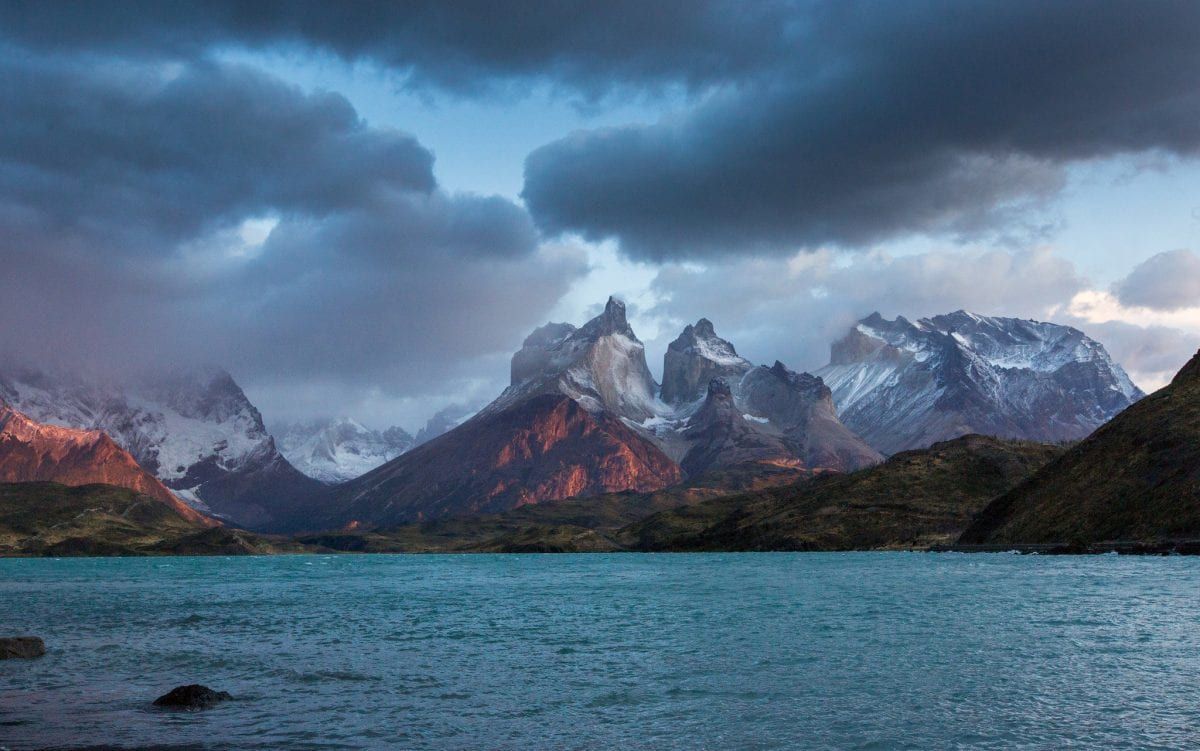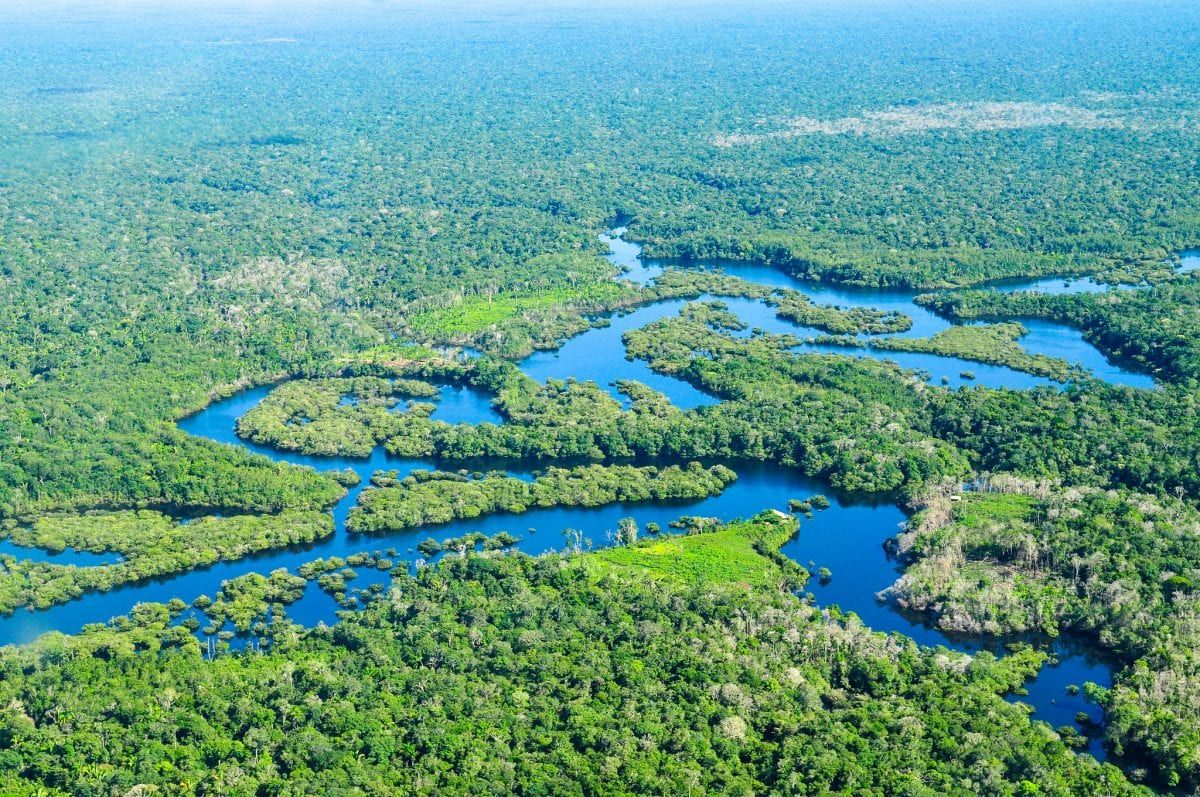The world’s last wilderness may vanish sooner rather than later, warns new research.
Scientists say the last wilderness areas left on the planet are rapidly disappearing, with explicit international conservation targets “critically needed.”
An international team of researcher, , led by the University of Queensland in Australia, recently mapped intact ocean ecosystems, complementing a 2016 project charting remaining terrestrial wilderness.

Professor James Watson, of the University of Queensland, said the two studies provided the first full global picture of how little wilderness remains, and he was “alarmed” by the results.
He said: “A century ago, only 15 per cent of the Earth’s surface was used by humans to grow crops and raise livestock.
“Today, more than 77 per cent of land – excluding Antarctica – and 87 per cent of the ocean has been modified by the direct effects of human activities.
“It might be hard to believe, but between 1993 and 2009, an area of terrestrial wilderness larger than India – a staggering 3.3 million square kilometres – was lost to human settlement, farming, mining and other pressures.
“And in the ocean, the only regions that are free of industrial fishing, pollution and shipping are almost completely confined to the polar regions.”

James Allan, a postdoctoral research fellow at Queensland University, said the world’s remaining wilderness could only be protected if its importance was recognised in international policy.
Dr Allen said: “Some wilderness areas are protected under national legislation, but in most nations, these areas are not formally defined, mapped or protected.
“There is nothing to hold nations, industry, society or communities to account for long-term conservation.
“We need the immediate establishment of bold wilderness targets – specifically those aimed at conserving biodiversity, avoiding dangerous climate change and achieving sustainable development.”
The researchers insist that global policy needs to be translated into local action.
Prof Watson said: “One obvious intervention these nations can prioritise is establishing protected areas in ways that would slow the impacts of industrial activity on the larger landscape or seascape.
“But we must also stop industrial development to protect indigenous livelihoods, create mechanisms that enable the private sector to protect wilderness, and push the expansion of regional fisheries management organisations.”
He added: “We have lost so much already, so we must grasp this opportunity to secure the last remaining wilderness before it disappears forever.”
The findings were published in the journal Nature.
ENDS

